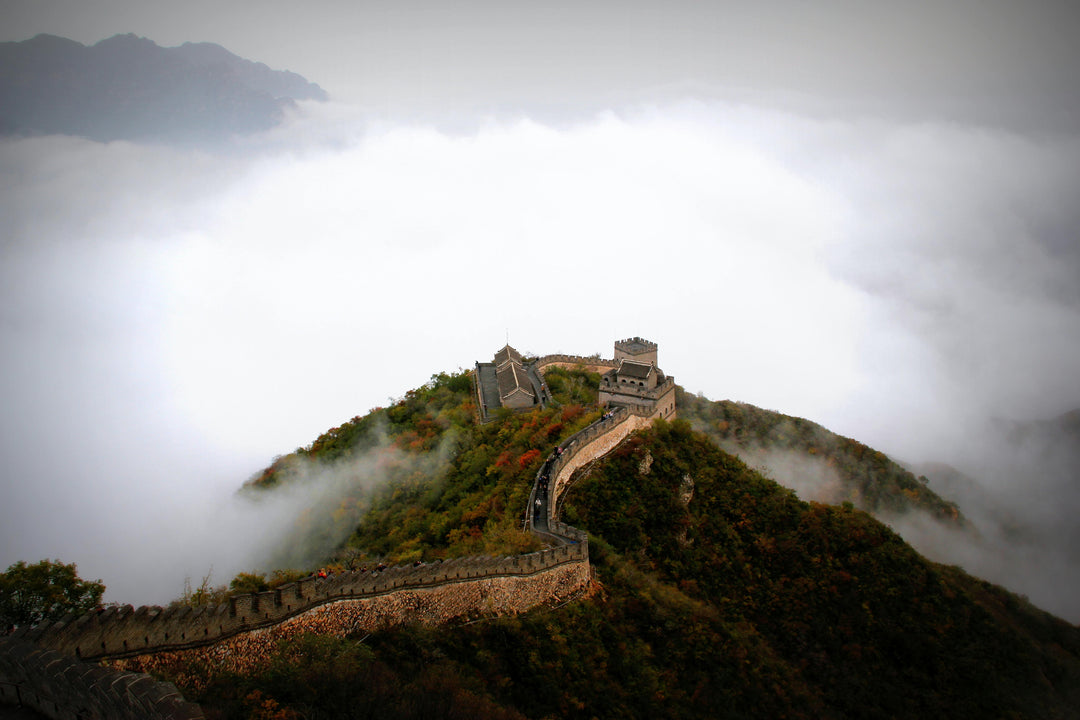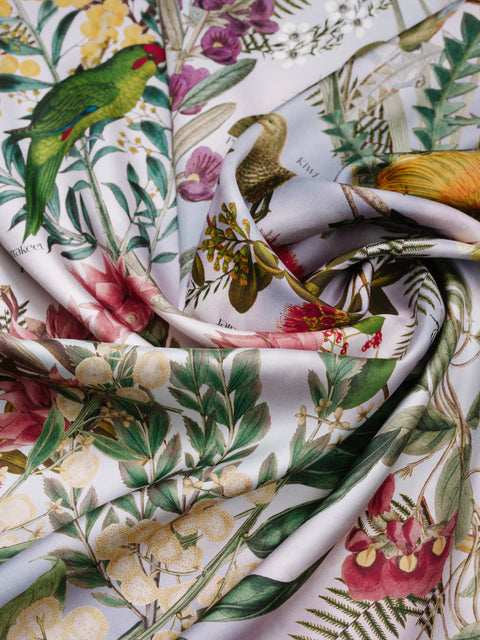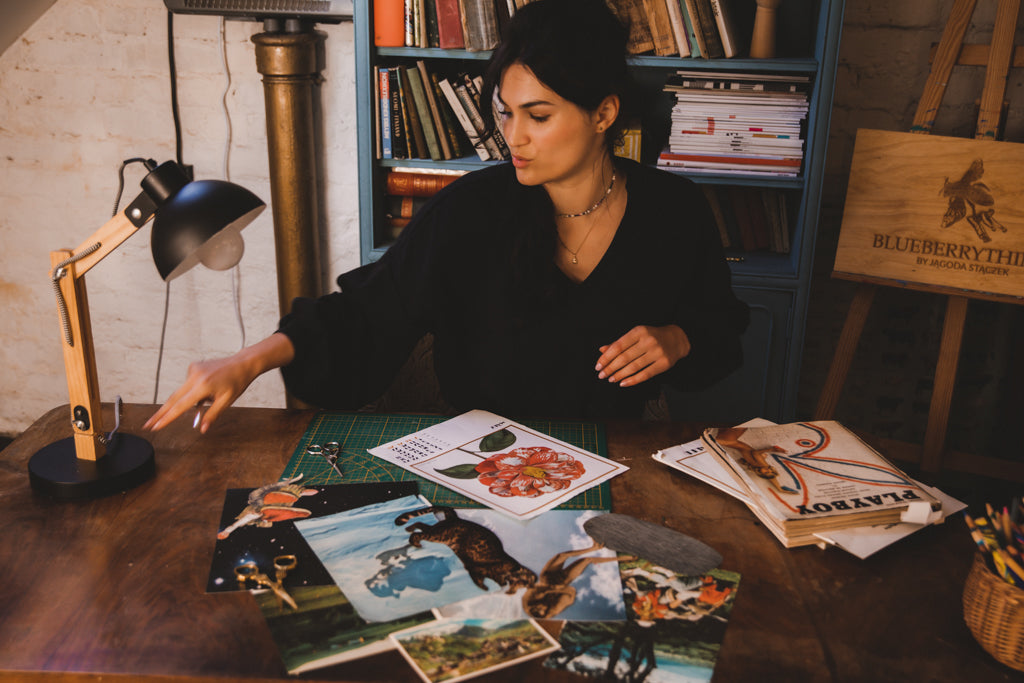
If one were to weave the captivating history of silk into a narrative, it would unfold as follows:
In the quiet shadows of a royal palace in Central Asia, the air was thick with anticipation. A Chinese princess, cloaked in the finest silks, prepared to leave her homeland to marry the king of Khotan. Her delicate fingers traced the intricate patterns of her headdress, knowing that it carried more than just the weight of tradition; it held the secret of an empire.
For centuries, the Chinese had guarded the secret of silk with unparalleled diligence. The process was sacred, known only to those within the empire, and the punishment for revealing it was death. Silk was more than fabric—it was a symbol of power, wealth, and mystique. The entire world coveted it, yet none could replicate its luxurious softness and shimmering beauty.
As the princess embarked on her journey to Khotan, she bore with her more than the expectation of a new life. Hidden within the elaborate folds of her headdress were tiny silk eggs and mulberry seeds. She knew that with these, her new home could cultivate the treasure that had enriched her people for generations.
Upon her arrival in Khotan, the princess presented the secret gift to her new husband, the king. Under her careful guidance, the Khotanese planted the mulberry trees and nurtured the silk worms. Over time, the small kingdom became a new center of silk production, and the secret began to spread across Central Asia.

ANASPERO is a world of silk where art meets elegance and luxury.




